What is a Power Surge?
March 17, 2025
How Can You Prevent Power Surges in your home?
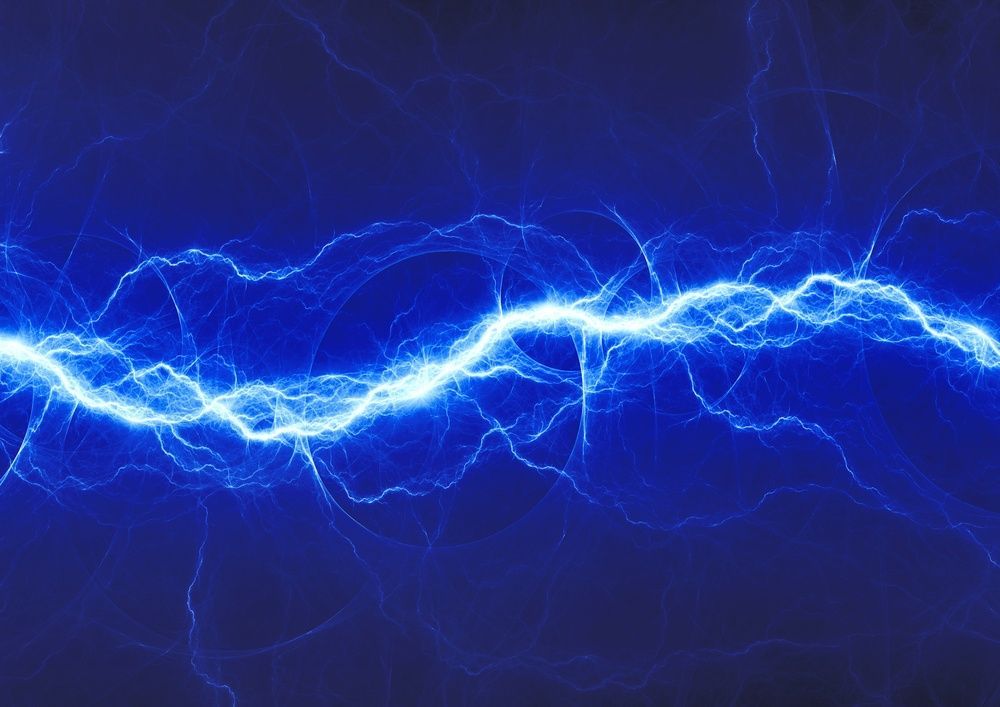
What Exactly Is a Power Surge? How Can You Prevent Power Surges in Your Home?
When it comes to protecting your home and electronics, one of the most important yet often overlooked concerns is the threat of a power surge. A power surge is a sudden spike in voltage that can wreak havoc on your electrical appliances and devices, leading to costly repairs or replacements. But what exactly is a power surge, why is it dangerous, and how can you protect your home from these electrical disruptions?
Let’s dive into the details of power surges, their causes, and the best ways to keep your home safe.
What Exactly Is a Power Surge?
A power surge, also called a voltage surge, is a brief increase in the electrical voltage supplied to your home. It typically lasts for a fraction of a second but can reach voltages much higher than normal operating levels. While standard household voltage in the U.S. is around 120 volts, power surges can send voltage spikes that may be several times that amount.
These surges can occur for many reasons, both within your home and from outside sources, and can lead to significant damage to electrical devices that are plugged in at the time. Some surges are very small and have little to no noticeable effect, while others can be large enough to cause immediate and permanent damage.
How Can You Prevent Power Surges in Your Home?
Fortunately, there are several effective ways to protect your home from power surges and the potentially costly damage they can cause:
Install Surge Protectors
Surge protectors are the most common and easiest way to safeguard your electronics. These devices are designed to divert excess voltage to the ground, preventing it from reaching your devices. You can plug important appliances like computers, televisions, and home entertainment systems into surge protectors, which can absorb and dissipate electrical surges.
Not all surge protectors are created equal, so be sure to choose one with the right specifications. Look for the joule rating, which indicates how much energy the protector can absorb before it no longer offers protection. The higher the joule rating, the more protection it provides.
Whole-House Surge Protection
If you're looking for a more comprehensive solution, consider installing a whole-house surge protector. This device is installed at your electrical panel (or circuit breaker box) and protects all of the electrical systems in your home by blocking surges from entering your wiring. Whole-house surge protection is particularly useful if your area experiences frequent electrical storms or if you have expensive appliances that you want to safeguard from sudden spikes in power. Call us for a quote to install a whole-house surge protector.
Unplug Devices During Storms
One of the simplest and most effective ways to protect electronics from a power surge, especially those caused by lightning, is to unplug them during electrical storms. Lightning strikes are one of the most common causes of power surges, and unplugging devices can completely eliminate the risk of damage.
Maintain Your Wiring
Older homes with outdated or faulty electrical wiring may be more vulnerable to power surges. Ensure your wiring is up to code, and have it inspected periodically by a licensed electrician. Updating your electrical system can help prevent surges caused by poor connections, faulty breakers, or outdated infrastructure.
Use Appliances Wisely
Avoid overloading electrical circuits with too many high-wattage appliances. Appliances that demand a lot of electricity, such as air conditioners, refrigerators, and space heaters, can cause voltage drops or surges if they are turned on simultaneously. Space out the use of heavy-duty appliances to minimize the risk of electrical fluctuations.
Why Are Power Surges Dangerous for Your Home and Your Belongings?
Power surges are dangerous because they can cause immediate and long-term damage to electrical devices. Here are some reasons why power surges should not be taken lightly:
Damage to Electronics and Appliances
When a power surge occurs, the excess voltage can fry the circuits of plugged-in electronics, leading to permanent damage. For instance:
• Computers and Laptops: A surge can damage the sensitive components inside your devices, such as the motherboard or hard drive, potentially destroying valuable data.
• Home Appliances: Large appliances like refrigerators, air conditioners, and washing machines have complex electrical systems that can fail during a surge, requiring expensive repairs or replacements.
• Televisions and Audio Systems: Power surges can burn out the internal components of TVs, sound systems, and gaming consoles, rendering them inoperable.
Potential Fire Hazard
In some extreme cases, a large surge can cause wires to overheat, which could potentially result in a fire. While this is rare, it’s an additional risk that highlights the importance of surge protection, particularly when dealing with high-powered appliances.
Insurance Costs
In the event that power surges damage your appliances, you may face significant repair or replacement costs. While some home insurance policies cover surge-related damage, many require specific coverage riders, and there may be limits on how much you can claim. By preventing surges, you avoid the financial burden of having to replace expensive electronics and appliances.
Is There a Typical Time That Power Surges Occur?
Power surges can happen at any time, but there are certain conditions and events when they are more likely to occur:
During Lightning Storms
One of the most common causes of power surges is lightning. A lightning strike can cause a sudden and intense surge of electricity to enter your home’s electrical system. This surge can travel through power lines and wiring, affecting all devices that are plugged in at the time.
When Large Appliances Start or Shut Off
Another common cause of surges occurs when large electrical appliances, such as air conditioners, refrigerators, or industrial equipment, are turned on or off. These appliances draw large amounts of power and can cause voltage fluctuations in the system, leading to a surge. If many high-power appliances start simultaneously, the surge can be significant enough to cause problems.
Power Grid Issues
Surges can also occur when there are issues with the power grid itself. For example, when power is restored after an outage, a surge can occur as the grid stabilizes. Additionally, fluctuations in the grid, such as during periods of high demand or voltage drops, can cause temporary surges.
Power surges are more than just an inconvenience—they can be damaging to your home’s electrical system and your valuable electronics. Understanding the risks and taking proactive measures to protect your home is crucial. Installing surge protectors, ensuring your home’s wiring is up to date, and unplugging devices during storms can all help prevent damage caused by electrical surges.
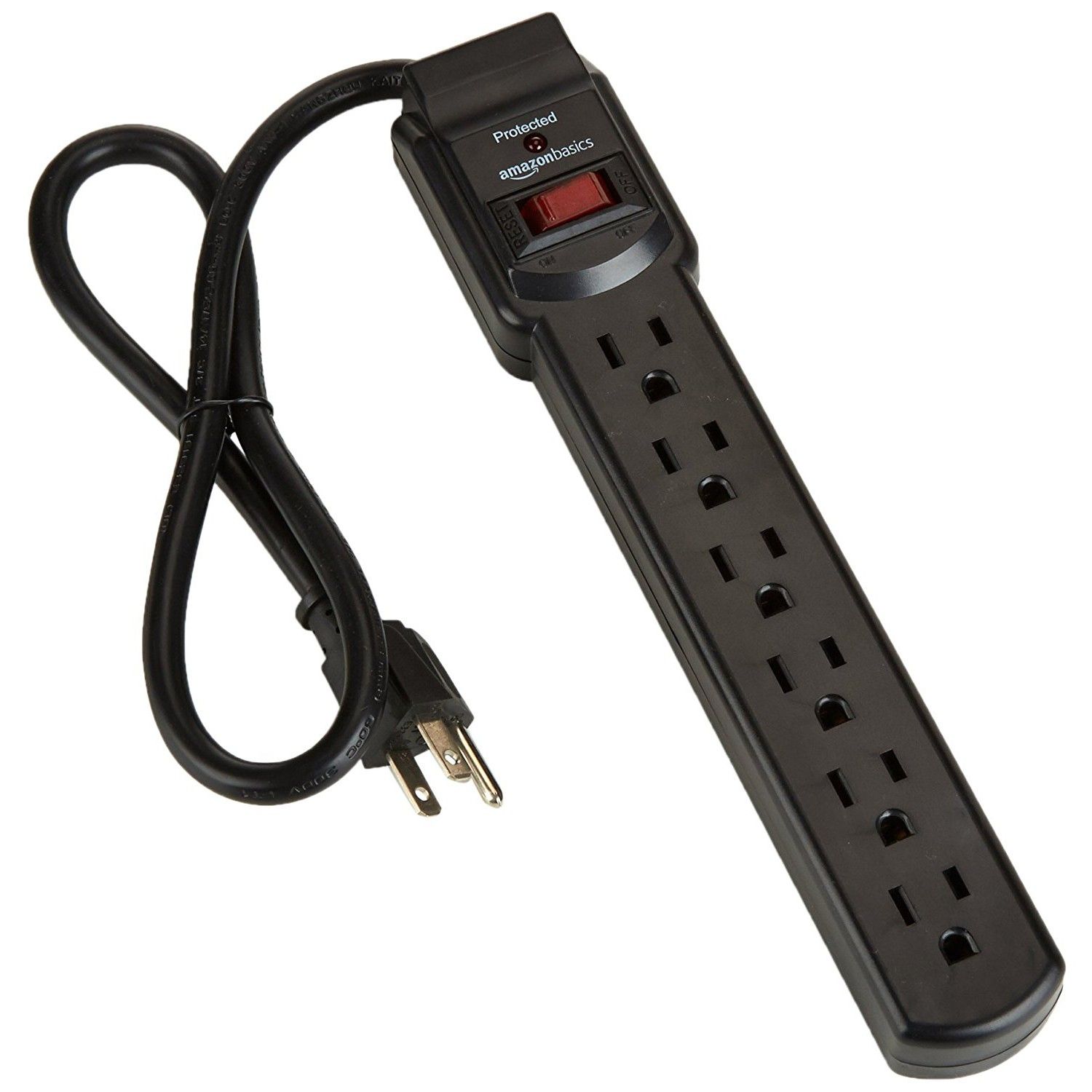

Thanksgiving today is a warm, cozy holiday filled with good food, family, and football. But imagine trying to pull off your Turkey Day traditions without electricity—no oven, no lights, no parade on TV, no fridge full of leftovers! Electricity plays a huge part in how we celebrate Thanksgiving now, and it’s easy to forget that it wasn’t always this way. Let’s take a little journey through history to see how far we’ve come—and how power has changed the way we celebrate the season. 🕯️ Before the Flip of a Switch: Thanksgiving in the 1800s When Abraham Lincoln declared Thanksgiving a national holiday in 1863, most homes relied on oil lamps, wood stoves, and hand-powered kitchen tools. Cooking a full Thanksgiving meal meant: Chopping wood for fuel Baking pies in cast iron ovens Storing perishables in iceboxes, not refrigerators Lighting the dinner table with candles or gas lanterns There were no electric carving knives, no slow cookers, and certainly no "smart ovens." ⚡ The Spark of Modern Comfort: Electricity Enters the Scene Electric power began lighting up American homes in the late 1800s, but it wasn’t until the 1920s–30s that electricity started becoming more common in middle-class homes—just in time to revolutionize the Thanksgiving experience. Electric ovens made cooking faster and more precise Refrigerators extended food storage Electric lighting meant more family and guests could gather late into the evening Radios and, later, televisions brought entertainment to the holiday table Fun Fact: The first Macy’s Thanksgiving Day Parade with a television broadcast aired in 1948—and it’s been a Thanksgiving staple ever since! 🦃 Thanksgiving in the Age of Smart Homes Fast forward to today, and we’re cooking turkeys with Wi-Fi ovens, setting timers with smart speakers, and managing the entire meal with a phone app. Modern Thanksgiving might include: Programmable smart thermostats to keep guests comfortable LED holiday lights that save energy and reduce fire risk Backup generators ensuring nothing interrupts the big meal EV chargers for guests arriving in electric vehicles Watching the game in 4K while the robot vacuum cleans up crumbs 💡 We’re Thankful for Progress—and for You We’re grateful for the modern power that keeps our homes safe, warm, and full of life—especially around the holidays. And we’re even more thankful for the customers and community who trust us to keep that power flowing year-round. Whether you're upgrading your kitchen, installing smart devices, or making sure your panel is ready for holiday guests, we’re here to help. Contact us for a pre-holiday electrical inspection or service—so your Thanksgiving can be powered by peace of mind. Wishing you a bright, warm, and happy Thanksgiving from all of us at KrisLee Electric! 🦃
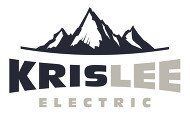

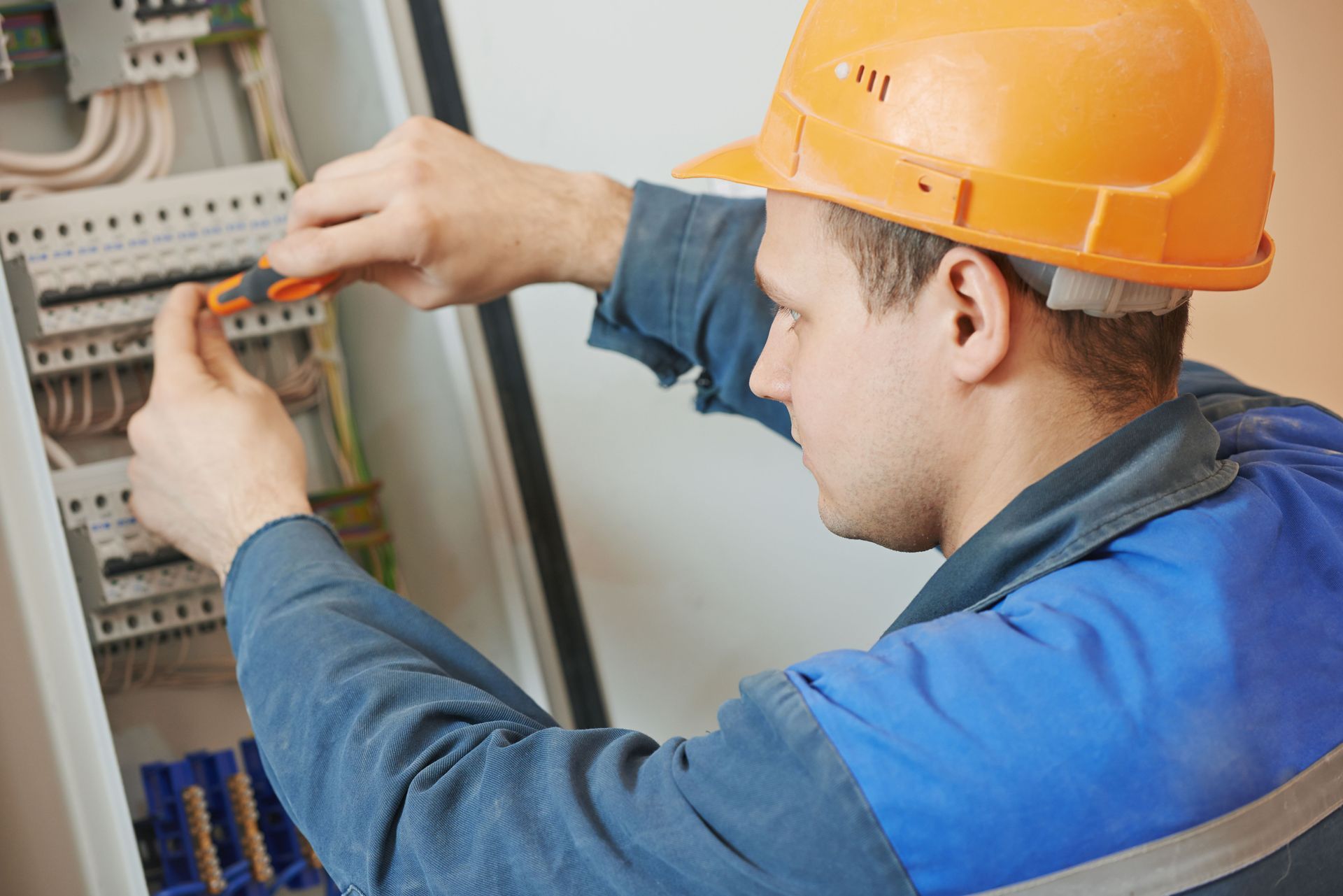
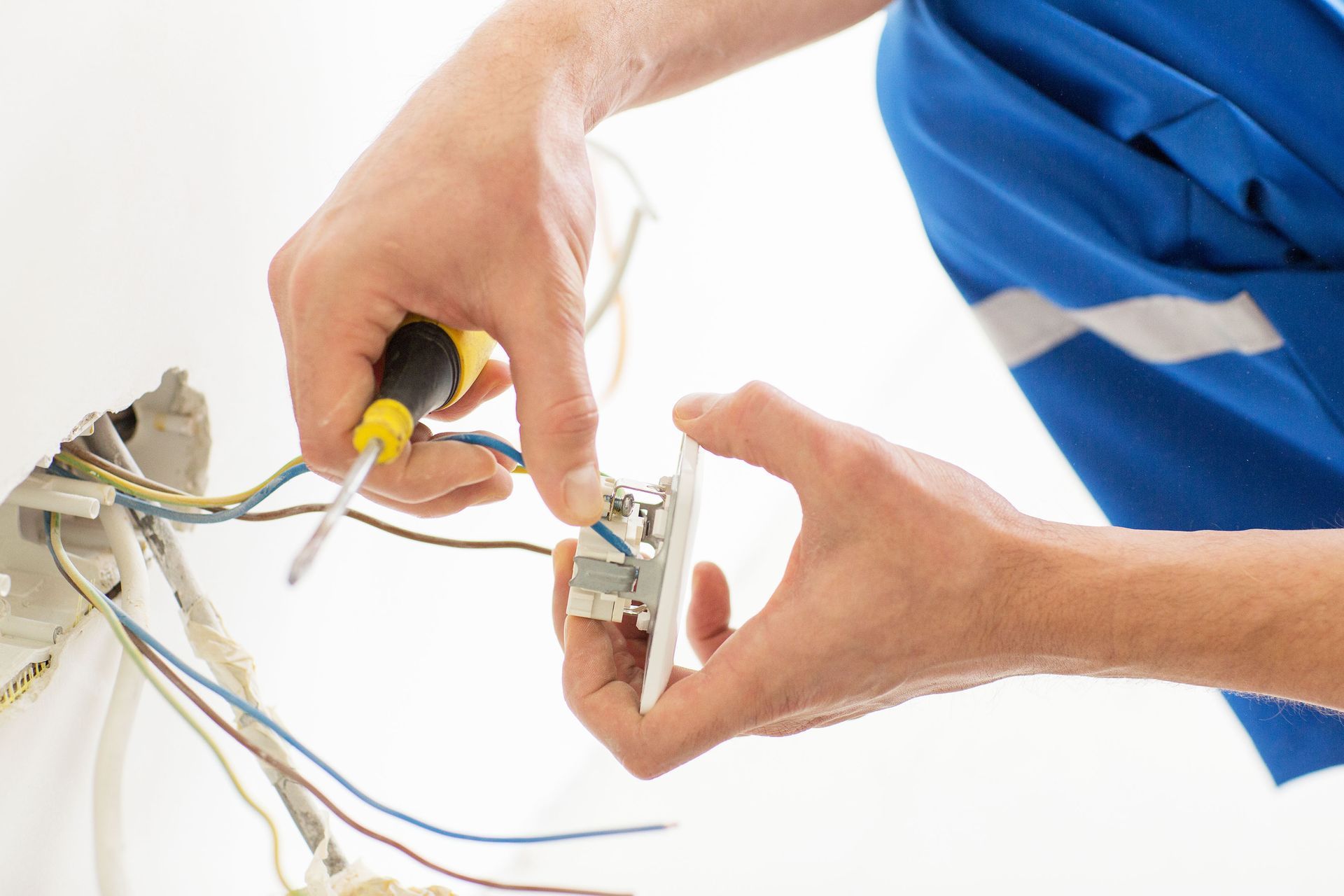
Share On: